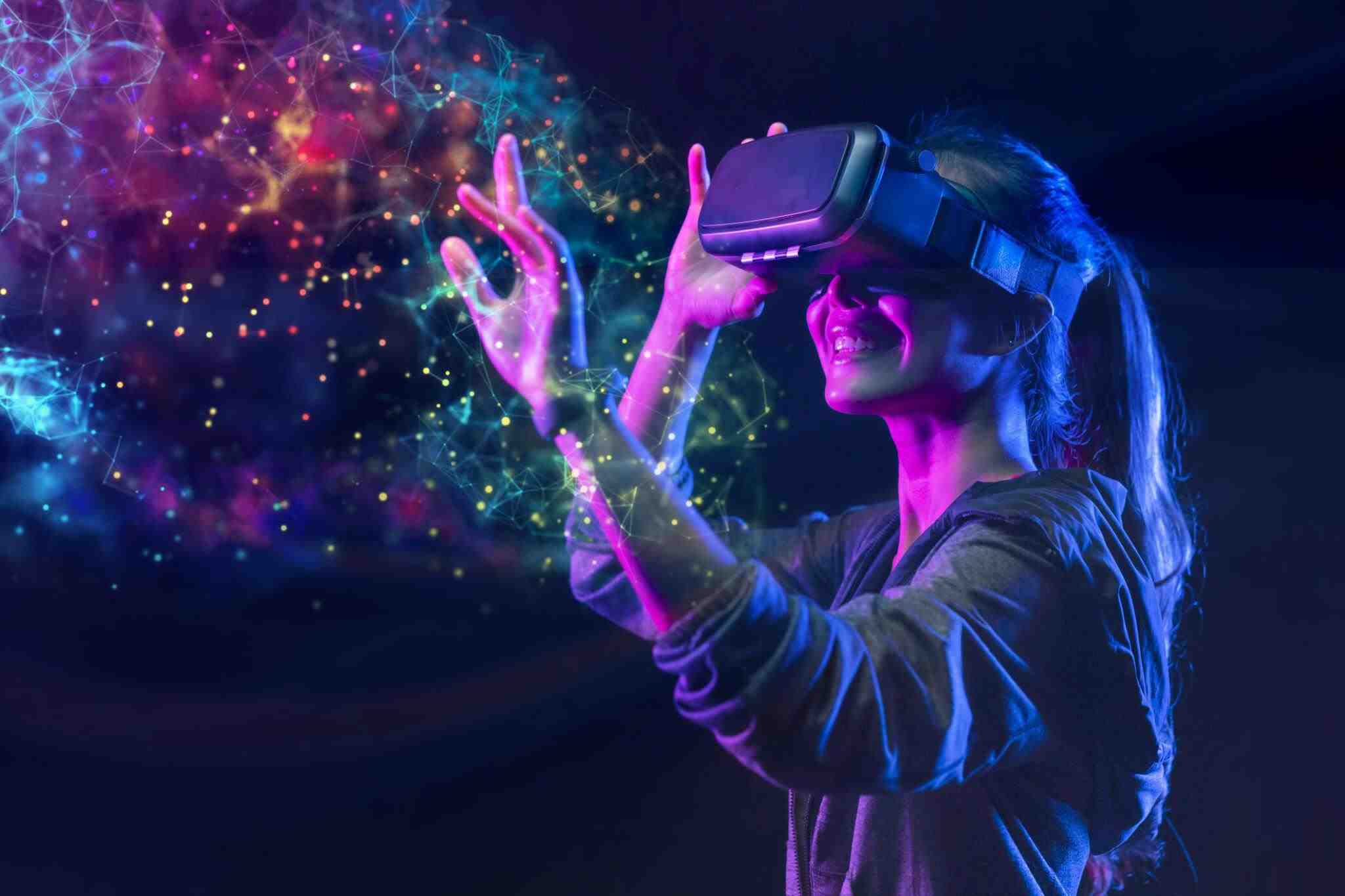In the evolving world of web design technology plays a role in driving progress. The journey from HTML pages of the past to the interactive websites we have today has been truly remarkable. Amidst the technologies shaping the future of web design, Artificial Intelligence (AI) and Augmented Reality (AR) stand out as trailblazers. This article explores how AI and AR are transforming web design discussing their contributions and the exciting possibilities that arise when they come together.
AI in Web Design: Revolutionizing User Experiences
Experience the impact of AI in the field of Web Design as it revolutionizes user interactions. Immerse yourself in a realm where artificial intelligence molds interfaces, and streamlines design workflows. Incorporates predictive analytics. Delve into the ways AI enhances user involvement crafting user-friendly web environments, for a digital experience.
Understanding AI in Web Design
What was once confined to science fiction has now become a part of our lives. Artificial Intelligence. In web design, AI is a game changer offering capabilities that were once considered futuristic. One significant application is in improving user experiences (UX).
AI-Powered UX Design

By leveraging AI algorithms, user behavior, preferences, and interactions can be analyzed to create intuitive user interfaces. From chatbots that provide real-time assistance, to recommendations based on users’ past activities AI enhances user engagement and satisfaction.
Automation, in Design Processes
Artificial intelligence is automating design tasks freeing up designers to focus on their creativity and innovation. By utilizing machine learning algorithms generative design can swiftly generate a range of design options that meet criteria. This does not speed up the design process. Also introduces a level of creativity that may be difficult to achieve through traditional methods.
Design Optimization through Predictive Analytics
With the help of AI-powered analytics, designers can anticipate user behavior. Optimize design elements accordingly. From predicting color schemes that will resonate with the target audience to forecasting the content formats, AI-driven insights empower designers to make data-informed decisions for superior user experiences.
Enhancing Interactivity in Web Design with AR Integration
Discover the possibilities of integrating Augmented Reality (AR) into web design, where interactivity reaches levels. Experience how AR revolutionizes e-commerce by offering product presentations and try-on experiences. Immerse yourself in the captivating realm of storytelling as AR seamlessly merges with web design to provide user engagement and extraordinary experiences.
A Paradigm Shift: AR in Web Design
Augmented Reality (AR) popularized by applications like Pokémon Go has expanded beyond gaming to redefine how users interact with websites. By overlaying information, onto the world, AR brings an unprecedented level of interactivity.
Immersive Product Presentations
In e-commerce, AR enables users to visualize products within their space before making a purchase. H2 headings can adapt dynamically to showcase product details as users engage with the augmented reality interface.
Not does this increase users’ confidence, in their purchasing decisions? It also creates a memorable and captivating shopping experience.
Virtual Try-On Experiences
Augmented Reality (AR) is transforming the fashion industry by providing try-on experiences. Users can see how different clothing items look on them in time resulting in an interactive shopping journey. H3 tags can adapt to highlight features of the try giving users valuable information as they explore various options.
Interactive Storytelling through AR
Web designers are utilizing AR to create interactive storytelling experiences. By blending the physical worlds users can engage with narratives in ways. H2 tags may dynamically adjust to guide users through story arcs adapting based on their interactions and choices.

The Synergy of AI and AR: Redefining Possibilities
Immerse yourself in the combination of AI and AR where innovation unfolds. Explore the power of web design, smart content arrangement, and effortless user interfaces that are reshaping the way we experience the world.
Enhanced Personalization through AI-driven AR
The combination of AI and AR is opening up horizons for personalization. AI algorithms can understand user preferences. Customize AR experiences in time. For instance, if a user has shown a preference for colors or styles the AR interface can adjust dynamically to content that aligns with those preferences.
Intelligent Placement of Content in AR Spaces
AI algorithms have the ability to analyze the physical environment captured by AR technology and intelligently position digital content, for maximum impact.
When it comes to merging objects, with real-world surfaces or adjusting text sizes based on the user’s surroundings the combination of AI and AR leads to smooth and contextually aware experiences.
The Role of Hierarchy in AI AR Interfaces
In this age of content, the use of H1, H2, and H3 tags is vital for organizing information hierarchies. In AI AR interfaces these tags adapt dynamically according to user interactions and preferences. For example, if a user frequently engages with types of content the AI can adjust the hierarchy to prioritize content in future interactions.
Considerations in Designing AI AR for Websites
Discover the intricacies involved in creating AI AR experiences for websites. Delve into the realm of privacy, ethical factors, technical hurdles, and user acceptance all while striving for a user-focused incorporation of cutting-edge technologies.
Privacy and Ethical Considerations

As AI and AR become components of web design, privacy and ethical concerns gain prominence. To function effectively AI algorithms require access to user data, which raises worries about data security and user privacy. Designers must strike a balance between delivering experiences while respecting user boundaries.
User Education and Embracing Change
The introduction of AI AR experiences might require some time for users to get used to. Designers should focus on creating user interfaces and providing resources to encourage adoption. Effective communication, interactive tutorials, and intuitive interfaces play a role, in overcoming obstacles and gaining widespread acceptance.
Conclusion
As we navigate through the future of web design it is essential to stay attuned to the evolving possibilities brought by AI and AR. By embracing these technologies while considering privacy, ethics, and user experiences designers can create cutting-edge web environments that prioritize users’ needs. The synergy, between AI and AR represents not an advancement but also an opportunity for us to reimagine and redefine the essence of the web.



